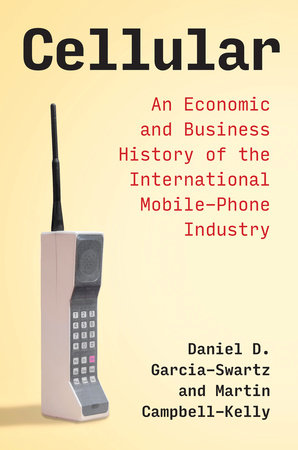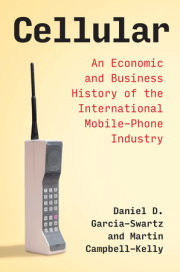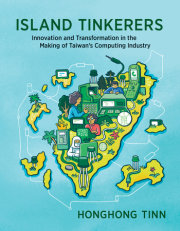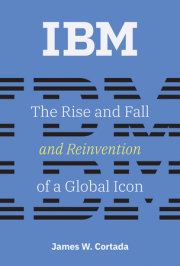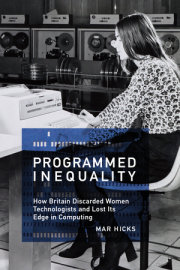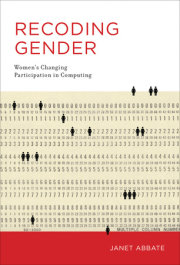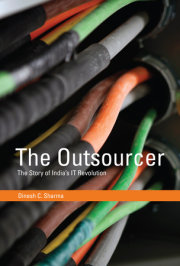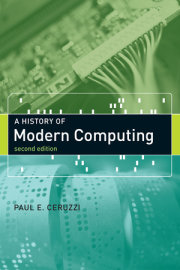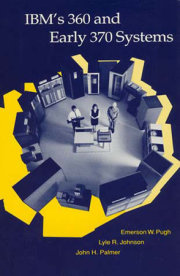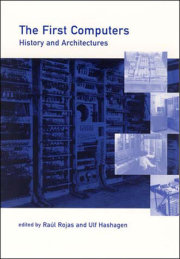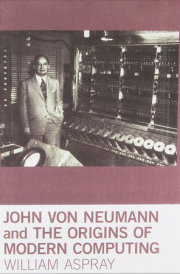Introduction 1
I The First Generation, the 1980s 11
1 The Long Road to the First Cellular Systems 13
2 The First Cellular Systems: Japan, Europe, and The United States 35
3 Competing in the Early Cellular Markets 65
II The Second Generation, the 1990s 95
4 New Technologies, Standards, Customers, and Markets in the World of 2G 97
5 Cellular Systems in the World of 2G: Britain, The United States, Continental Europe, China, and India 121
6 Competing in 2G Cellular Markets 151
III The Third Generation, the 2000s 175
7 New Technologies, Standards, Customers, and Markets in the World of 3G 177
8 Emergent Digital Markets: New Zealand, Japan, South Korea, the Asia-Pacific Region, Israel, Brazil, and Mexico 205
9 Competing in 3G Cellular Markets 235
IV The Fourth Generation, the 2010s 263
10 New Standards, Operating Systems, Devices, and Markets in the World of 4G 265
11 Cellular Systems in Africa 283
12 Competing in 4G Cellular Markets 313
Conclusions 339
Notes 347
Index 379

